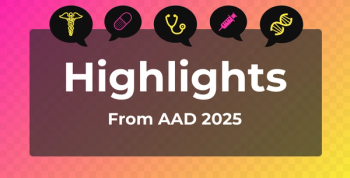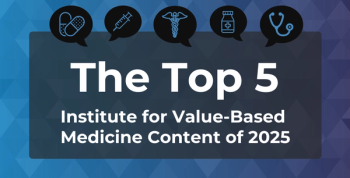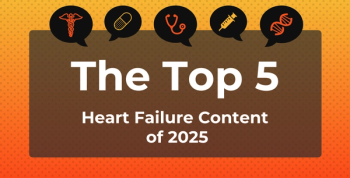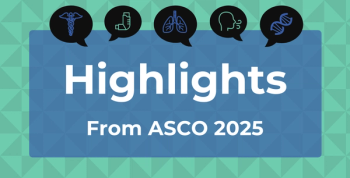
Episode 7 - The Complex Equation of Management
The optimal management of patients with diabetes is a multifaceted issue that requires the concomitant control of blood pressure, glycemic, HbA1c, and lipid levels. While accomplishing those goals may further reduce mortality by an additional 40-60%, less than 10% of the population is able to achieve those modest profiles. Populations that tend to struggle with achieving optimal outcomes are those who are “non-engaged”, perhaps due to personal limitations and/or the lack of resources. The latter is especially notable because, unfortunately, access to care, necessary medications, and beneficial lifestyle modifications are all expensive as well. Furthermore, T2DM rarely travels alone, and the pill burden that is associated with concurrent management of multiple comorbid conditions is frequently taxing to patients.
Newsletter
Stay ahead of policy, cost, and value—subscribe to AJMC for expert insights at the intersection of clinical care and health economics.







































